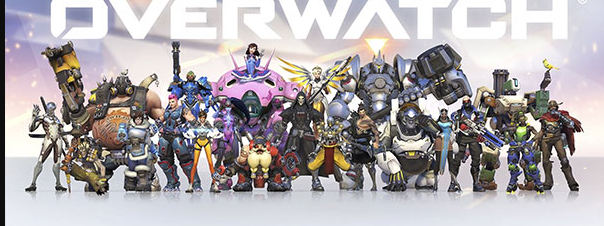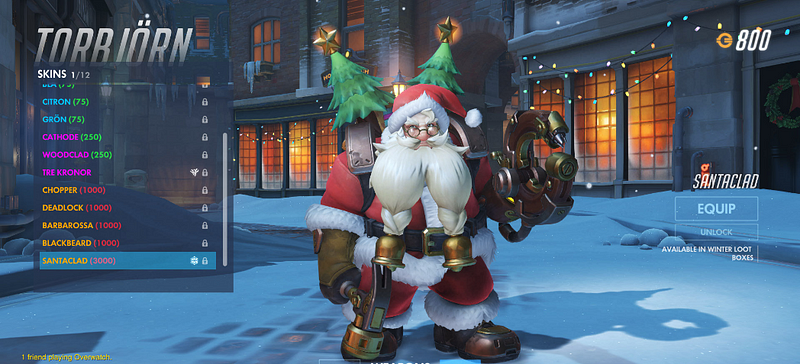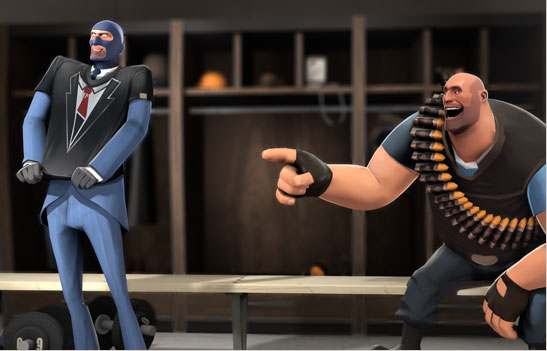
Featured Blog | This community-written post highlights the best of what the game industry has to offer. Read more like it on the Game Developer Blogs or learn how to Submit Your Own Blog Post
How Worldbuilding Elevates Video Games and Fandom
Worldbuilding may not sound that important to videogames, but we're going to look at how three games have engaged their fans and helped to elevate their franchises.

This past week was the annual BlizzCon where fans of Blizzard’s titles from around the world join in on celebrating the company and getting big reveals. Blizzard is a company that is fueled by its fandom, and that fandom is a perfect example of the impact of lore and worldbuilding has on elevating a video game.

Building a World:
Lore/World-building is the concept of fleshing out a setting beyond just the initial concept. It’s about building a sense of place that transcends the original concept or plot.
Worldbuilding comprises two categories: Character and Setting, and both give weight to the experience. Some of the best stories in any medium use lore to get people invested, and there are several advantages from a writing/storytelling point of view.
First, is how worldbuilding creates a storytelling “bible” for how the setting and characters behave. Instead of just trying to throw things against the wall and hope people like it, you can build off of your preexisting lore to establish new stories, situations, and characters.
Second, is that it opens the door to expanding your property. If the characters are popular enough, you could create side-stories with fan-favorites. If it’s the world, then that opens the door to prequels, side stories, brand new characters, lands; anything you can think of.

What makes video games interesting is how so much of the lore tends to be divorced from the actual experience, but that doesn’t make it any less important to consider.
Let’s Look at Lore:
For this post, I want to talk about three different games in terms of the lore and the impact it had on the fans and growth of the game.
Team Fortress 2 from the first reveal began to establish itself with lore-building. The nondescript mercenaries of Classic were replaced by very stylized characters. This was then expanded on with the “Meet the Team” video series that added in personalities to the different characters. From there, Valve expanded the game with update events, new movies, digital comics and more.
They eventually engaged their fans with the polycount pack—allowing modders to create custom gear that could be added to the game—and then the Saxxy awards for people who created custom movies.

Payday 2 has had some growing pains in terms of lore-building compared to the other games on this list. Following the success of the first game, Payday 2 began with a more serious attempt at lore-building.
A web series was put together to try and create a real-world grounding to the game—exploring the game’s “crime-net” and fleshing out the back stories for the principal characters.
Due to a lack of popularity, the game began to get more surreal—introducing tie-ins with properties like Hotline Miami, John Wick, and even Hardcore Henry. There have been several serious growths in terms of the lore—such as the reintroduction of fan favorite character Hoxton, but these have been and far between.
This has also impacted continued updates and additions to the game; with the gang now traveling all around the world performing crazier and crazier heists. Weapon packs introduced historical weapons as much as they tried to add current ones. They have tried to balance having weird packs of weapons and heists with a long-form story surrounding the various characters.
In my opinion, this has led to the game feeling a bit fragmented, but the developers still know how to engage their fans. Milestone events in the game’s history unlocked free content for all fans, and the developers have been putting on an annual event called “Crimefest” with massive updates and contests for the fans to enjoy.
Lastly we have Overwatch. Of the three games, Overwatch had a little head start in the lore-building thanks to this being the outcome of Blizzard’s cancelled MMO: Titan. Like Team Fortress 2, Overwatch’s stylized aesthetic helped it stand out from the other team-based shooters. This was further expanded on by the diverse set of characters in terms of body types, gender, and even species.
Overwatch’s lore comes in the form of cinematic trailers, character reveal movies, and comic books. Of the three games listed here, this is perhaps the most cosplay-friendly due to the diverse set of characters. Besides the usual fan appreciation, Blizzard has a section on their site for people to submit stories from fans about everyday heroes in their lives.

With each game we talked about, there is one common element—None of the lore directly impacts the gameplay, so why does it matter?
Why Lore Matters:
Worldbuilding will never save a bad game, but it is an element that elevates good games to something greater. Developers who think about the lore of their game tend to have a greater grasp of the details of their design.
Sometimes, the lore-building can come by complete accident thanks to having great writing. While it is possible to intentionally write characters that can become fan-favorites, you never know who is going to resonate with the fans.
Nintendo ran into this lately when “Bowsette” took over Twitter for a short period of time.
A strong sense of lore shows that the designers care about all aspects of their game, and can be a great way for fans and the developers to show their appreciation.
It’s great from a developer standpoint to see people loving your game enough to dress up as their favorite characters or just be excited about new updates.
For fans, having developers acknowledge the fan’s support is a great way to show that the team cares about their fanbase. A strong fanbase has been a part of the biggest Indie successes we’ve seen—such as Undertale, Five Night’s at Freddy’s, and of course Minecraft.
Keeping your fans happy is a major part of dealing with your fanbase, but that’s too big of a topic to get into now.
World Builder:
Even though not every game needs a focus on lore, the titles that tend to stick around the longest in the communities’ eyes are the ones that are bigger than just gameplay. As we slowly move away from the hype surrounding Red Dead Redemption 2, I’m sure we’re going to be seeing plenty of fan interaction and engagement when Smash Brothers Ultimate and Kingdom Hearts 3 come out.
One final point however, when a fandom develops around a part of your game, it’s important as the creator to engage with the community. Just as a developer can cultivate a fandom, they can easily kill interest by remaining silent or flat out ignoring their fans.
For you reading this: Can you think of games that have tried to cultivate fans via world building that still failed? And can you think of games where developers created a fandom without really trying to in the first place?
Read more about:
Featured BlogsAbout the Author
You May Also Like









